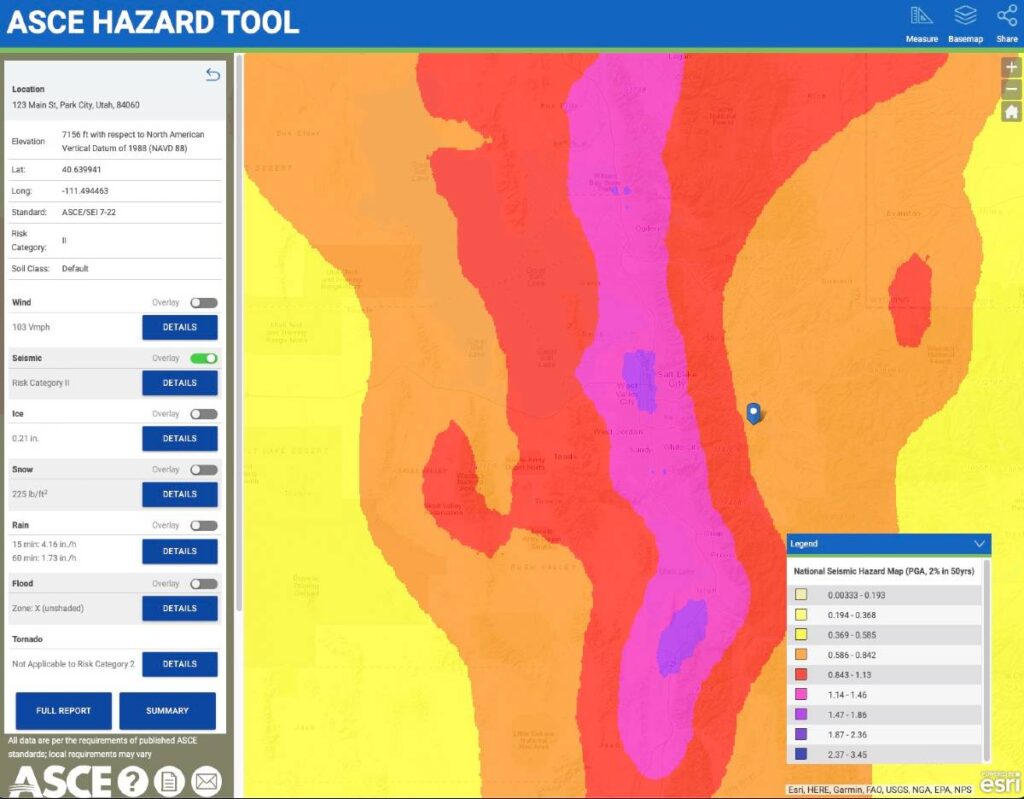ASCE 7 Main Wind Force vs. Components & Cladding Explained (MWFRS vs. C&C)
ASCE 7 separates wind loading into three types: Main Wind Force Resisting System (MWFRS), Components and Cladding (C&C), and Other Structures and Building Appurtenances. MWFRS is defined as “(a)n assemblage of structural elements to provide support and stability for the overall structure.” Typically, members that receive loading from two surfaces are designed to resist MWFRS …
ASCE 7 Main Wind Force vs. Components & Cladding Explained (MWFRS vs. C&C) Read More »

